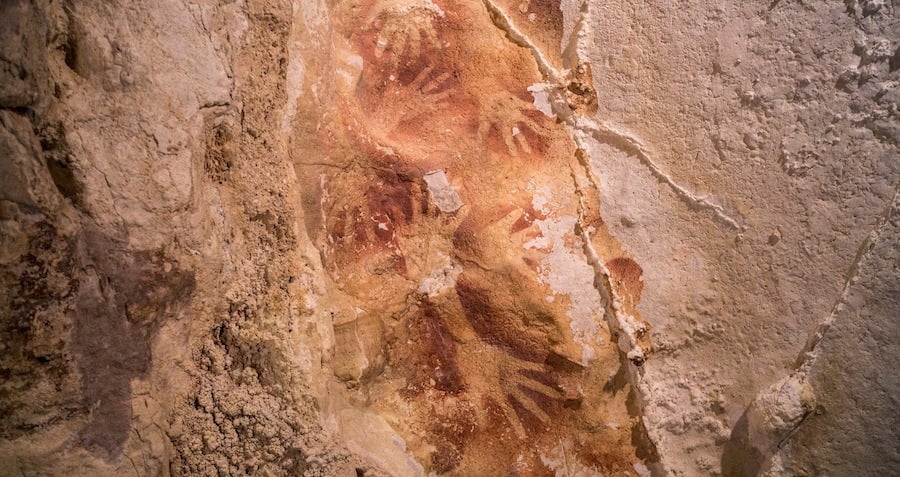Researchers Uncover Earliest Known Ice Age Cave Art In Indonesia

Kinez Riza
Archaeologists have uncovered the earliest known cave art and jewelry in Indonesia. Dating back to a prehistoric ice age, these trinkets and pieces of art are roughly 40,000 to 22,000 years old.
Moreover, in research published in the Proceedings of the National Academy of Sciences on Monday, the archaeology team states that these prehistoric examples of art reveal the ways in which humanity’s sense of spirituality shifted on its journey across the world.
Delve deeper here.
Scientist Who Inspired ‘Jurassic Park’ Finds Monkey Blood In 30 Million-Year-Old Tick

George Poinar Jr.
An Oregon State University researcher has found a 30-million-year-old tick encased in amber, and he thinks it’s full of blood belonging to a monkey.
George Poinar, Jr., a professor emeritus at Oregon State University and the scientist who first theorized that amber could fossilize ancient DNA (and thus inspired Jurassic Park), has recently published a paper in the Journal of Medical Entomology detailing the discovery.
Read on for more about Poinar’s discovery and what he hopes it might lead to.





